How to tire grab
50 BMX Tricks For Beginners (In Order/How To/Step By Step) – BMX Time
Welcome aboard! Here you’ll find a how-to list for your first BMX tricks, which I tried to put in order. This is the first part of the trilogy, which continues with the intermediate tricks and then with the advanced tricks.
Before jumping into the list, a couple of disclaimers:
We all have different skills, thus, the exact level of difficulty you give to each trick will most likely differ from the one I choose for them. However, to make it as realistic as possible I did this ranking taking into account a bit of my experience but mostly the general notion/consensus of how hard each trick seems to the average BMX rider.
As for the order, I avoided mixing the land tricks with the air tricks. I put the ground tricks first and the air tricks at the end because I think it makes more sense to acquire total control of your movements and balance on the ground before taking bigger risks trying them 10 feet up in the air.![]()
Also, there are some particular cases, like the Bunny Hop. It’s listed #4 here and, again, you may find other tricks further down the list that you feel are way easier than the Bunny Hop, however, it appears #4 as it’s a fundamental trick that you’ll really need to get familiar with to be able to nail a lot of other tricks.
Without further ado, here they are. Put on your helmet and pads… and enjoy!
Jump ahead to:
1) Hop
A jump up with both wheels simultaneously.Tricks required for doing a Hop:
How to do a Hop:
- Ride slowly.
- Bend both legs and arms.
- Push down and jump vertically to straighten legs and arms.
Tips for doing a Hop:
- The harder and faster you push down and jump, the higher the hop.
2) Drop
A leap downwards from any element.Tricks required for doing a Drop:
How to do a Drop:
- Ride slowly to the edge of the element.
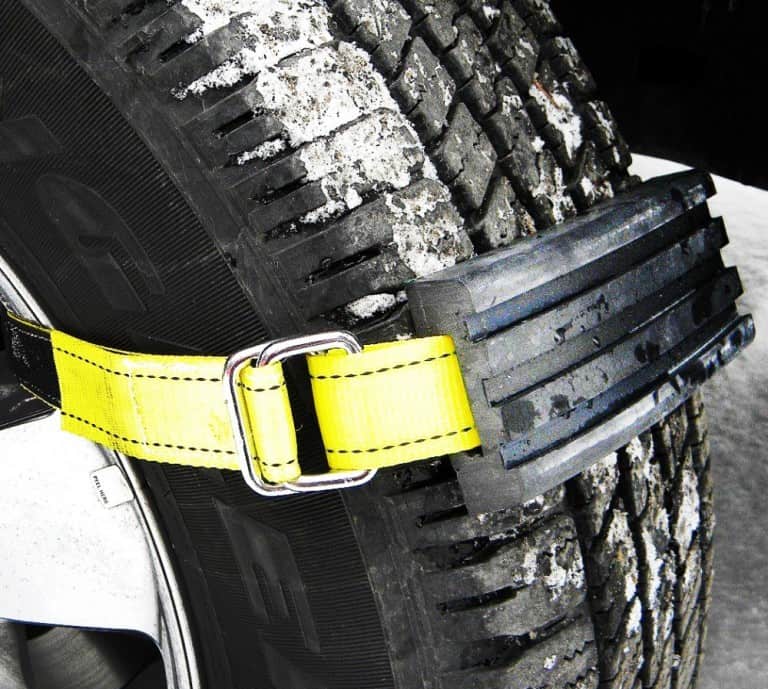
- As you approach the edge, straighten your arms and lean back bending your legs.
- Lift your front wheel a bit right before leaving the element.
- Keep going and land on both wheels simultaneously as you bend your arms and legs a little to absorb the impact.
Tips for doing a Drop:
- At first, try it from a curb or a low ledge.
- Increase the height and speed of the leap as you gain confidence.
Check out the Best BMX Helmets (Youth/Adults – Full-Face/Open-Face)
3) Crossfoot
Ride with your left foot on the right pedal and the right foot on the left pedal.
Tricks required for doing a Crossfoot:
How to do a Crossfoot:
- Ride at a comfortable speed.
- Jump from your pedals, cross your legs over the top tube, and step on the opposite pedals.
- Jump from your pedals again and bring your feet back to normal position.
Tips for doing a Crossfoot:
- Pay attention to your hands to avoid carving.

4) Bunny Hop
A jump up getting horizontally in the air and landing on both wheels simultaneously.Tricks required for doing a Bunny Hop:
How to do a Bunny Hop:
- Straighten your legs.
- Pull the bars towards you to lift the front wheel to it’s highest point as you lean backwards.
- Push your arms forward and upwards while you jump up and bend your knees almost seating on your rear wheel.
- Put both wheels horizontally and land on your rear wheel first.
Tips for doing a Bunny Hop:
- Practice a couple of jumps first.
- You’ll jump higher with time, focus on the technique first.
5) Side Hop
A sideways jump landing on both wheels.Tricks required for doing a Side Hop:
How to do a Side Hop:
- Ride at low speed.
- Lean forward, pull the bars to lift the front wheel, and turn to the side.
- When the front wheel is about to reach the peak do the hop and swing the rear wheel.

- Land on both wheels simultaneously.
Tips for doing a Side Hop:
- You can carve a bit before lifting the front wheel to help the side movement, but doing it without carving will help you to exit grindings.
6) X-Ride
Ride with the bars turned 180° and your arms crossed.
Tricks required for doing a X-Ride:
How to do a X-Ride:
- Ride slowly.
- Lift the bars and turn them 180°.
- Land and keep riding with your arms crossed.
- Lift the bars again and turn them in the opposite direction to go back to normal riding.
Tips for doing a X-Ride:
- Keep your arms as straight as possible to make it look better.
7) Pull Up/Chicken Barspin
A 360° rotation of the bars with your front wheel in the air.Tricks required for doing a Pull Up/Chicken Barspin:
How to do a Pull Up/Chicken Barspin:
- Stand on your pedals with legs and arms straight.

- Take your body back bending your legs a little while you pull the bars to lift the front wheel.
- Push the bars down with one hand to make it rotate fast.
-
Grab the bars with the opposite hand when it completes the 360° and land.
Tips for doing a Pull Up/Chicken Barspin:
- You can practice it putting the rear wheel against a wall or curb.
- You can also do it with one foot on a pedal and the other on a peg, and with both feet on the pegs.
8) Nollie
A jump lifting the rear wheel first, then the front wheel, and landing on both wheels simultaneously. (Opposite of the Bunny Hop)
Tricks required for doing a Nollie:
How to do a Nollie:
- Lean forward to take your weight to the front wheel and lift the rear wheel.
- When the rear wheel reaches the peak, pull up the bars and level both wheels.
- Lean backwards and land on both wheels simultaneously.
Tips for doing a Nollie:
- The higher you take the rear wheel the higher you’ll be able to take the front wheel.
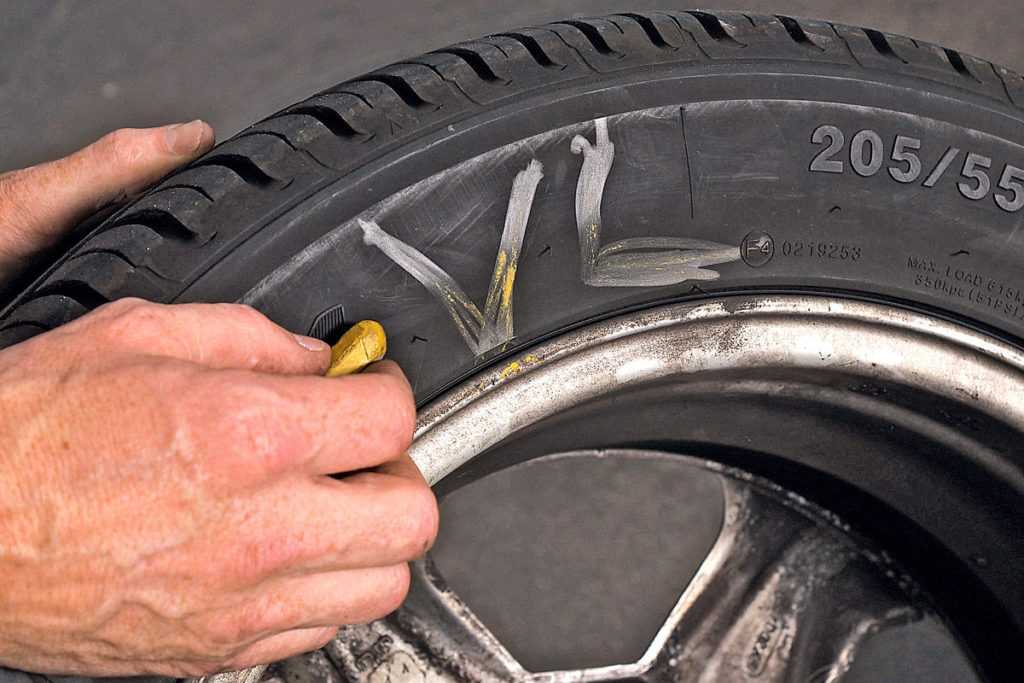
- Just like the Bunny Hop, you can do it while riding.
9) Drop In
Dropping into a quarter-pipe/bowl.Tricks required for doing a Drop In:
How to do a Drop In:
- Slowly approach the quarter ledge at an acute angle, with your cranks level and your legs bent.
- Tilt your body to the side of the quarter and drop in with a tiny Bunny Hop as you straighten the path.
- Bend your legs a bit more to absorb your weight when the rear wheel drops in.
Tips for doing a Drop In:
- You can practice dropping into a smaller, less steep ramp before trying it on a quarter.
10) Hop 180
A jump from both wheels simultaneously with a 180° turn.
Tricks required for doing a Hop 180:
How to do a Hop 180:
- Ride slowly.
- Bend your arms and legs while you carve.
- Do a powerful Hop and begin to turn as you leave the ground.

- Land on both wheels at 180°.
Tips for doing a Hop 180:
- keep your head and gaze on the direction of the landing point while you’re turning.
- Help the rotation using your abs to push the bike.
Check out the Best BMX Shoes (Kids/Adults) + Buying Guide
11) Fakie
To ride backwards.
Tricks required for doing a Fakie:
How to do a Fakie:
- Ride very slowly and hit a wall with your front wheel.
- Keep pushing forward and lift your rear wheel, taking your body forward.
- Use the inertia created to push away from the wall, while taking your body back.
- Keep riding backwards, with your body back, while reverse pedaling.
Tips for doing a Fakie:
- It’s easier to do it starting from a quarter or any ramp.
- If you’re falling to one side, take your opposite knee outwards to balance.
- Your arms should remain relaxed, only keeping the bars straight.

12) Fakie Out
Exit from a Fakie to ride forward.Tricks required for doing a Fakie Out:
How to do a Fakie Out:
- While on the fakie, carve to the side you want to turn.
- Push down with your front foot to block the pedal rotation.
- The inertia will help you pull and lift the bars and keep turning.
- When you’ve completed the 180° rotation, land.
Tips for doing a Fakie Out:
- The whole sequence must be done fast.
- If you don’t reach full rotation you can help it with a small bunny hop.
13) Crankflip
A Bunny Hop/jump turning the cranks backwards 360° while in the air.Tricks required for doing a Crankflip:
How to do a Crankflip:
- Do a Bunny Hop/jump.
- While in the air, move your front toes downwards and press until you can catch the pedal and push it up to start the rotation.
- Catch the pedals back once they’ve completed the 360° and land on both wheels.
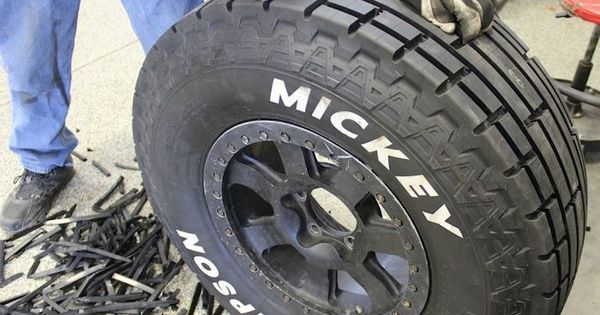
Tips for doing a Crankflip:
- Practice the crankflip while on the ground until you get the hang of it.
- Make sure the chain has enough slack for the pedals to perform a full rotation.
14) Manual
Riding with your front wheel in the air without pedaling.Tricks required for doing a Manual:
How to do a Manual:
- Ride at a comfortable speed.
- straighten your arms and take your body back as if you were to seat on the rear wheel.
- Pull the bars to lift the front wheel.
- Pump with your pelvis as needed to keep momentum and adjust your balance.
Tips for doing a Manual:
- Bend your arms only if you need to pull the bars for balance.
- Keep your weight as low as possible over your rear wheel.
15) Tailpress
Standing on your rear wheel and making pressure with it against an obstacle.
Tricks required for doing a Tailpress:
How to do a Tailpress:
- Ride slowly straight to the obstacle.

- Pull your bars to lift your front wheel right before hitting the obstacle and lean backwards.
- Let the rear wheel hit agaist the obstacle and hold your balance in that position.
- Hop back into a Fakie and exit.
Tips for doing a Tailpress:
- The obstacle must be at least about 1 feet tall, enough to block your rear wheel.
16) Sprocket Stall
Standing on your sprocket on the ledge.
Tricks required for doing a Sprocket Stall:
How to do a Sprocket Stall:
- Approach the ledge perpendicularly and hop onto it.
- Land on the ledge on your sprocket with your back wheel hitting the side wall simultaneously (your front wheel may land on the ledge too).
- Pull the bars and hop off backwards, landing on a Fakie.
Tips for doing a Sprocket Stall:
- It’s typically a street trick, but you can do it on a quarter too.
- For all sprocket tricks use a sprocket guard! It’ll protect both sprocket and chain.

17) Bunny Hop Barspin
Jumping from both wheels and doing a 360° rotation of the bars.Tricks required for doing a Bunny Hop Barspin:
How to do a Bunny Hop Barspin:
- Do a high Bunny Hop.
- While in the air, straighten your legs and take your hips a bit back and tilt forward.
- When you reach the peak, do the Barspin.
- Catch the bars and land on both wheels.
Tips for doing a Bunny Hop Barspin:
- The higher the Bunny Hop, the more time you’ll have for the Barspin.
- Pinch the seat with your knees/calves for more control in the air.
18) Bunny Hop 180
A jump from both wheels with 180° rotation in the air.Tricks required for doing a Bunny Hop 180:
- Bunny Hop.
- Fakie
How to do a Bunny Hop 180:
- Ride at a comfortable speed.
- carve and almost simultaneously turn your head and eyes completely.
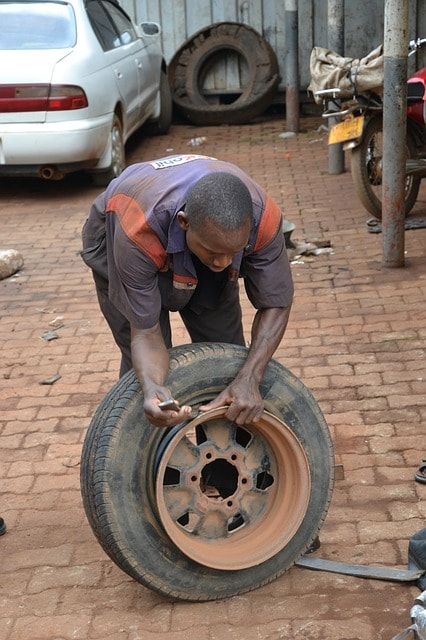
- Do a Bunny Hop and keep turning the rest of your body until landing on a Fakie
Tips for doing a Bunny Hop 180:
- You must turn your head and look the opposite direction and your body will just follow.
- The higher the hop, the easier you’ll get the 180° turn.
19) Footjam 180
Blocking your front wheel with your foot and doing a 180° turn.Tricks required for doing a Footjam 180:
How to do a Footjam 180:
- Ride at a comfortable speed.
- Lean forward, carve and jam your front foot on the front wheel against the fork to start the rotation.
- Get your front foot back on the pedal at the same time you reach the 180°
- End on a Fakie.
Tips for doing a Footjam 180:
- Practice it slowly. If you go too fast you’ll flip over your bars.
20) Nollie 180
A 180° rotation standing on the front wheel.Tricks required for doing a Nollie 180:
How to do a Nollie 180:
- Shift your body weight forward, carve and make a little jump to lift your rear wheel and start the rotation.

- Use your legs to rotate the bike as you are balancing on the front wheel.
- Lean backwards to normal position as you approach the 180 and land the rear wheel.
Tips for doing a Nollie 180:
- In the beginning, you can use the front brake to help get the balance.
- Master your balance on the front wheel before attempting to lift the rear wheel too high.
21) Half Cab
Riding backwards and exiting it with a 180° jump.
Tricks required for doing a Half Cab:
How to do a Half Cab:
- Do a Fakie.
- Carve and push your pedals to block them.
- Use the inertia to pull and lift the front wheel as you start turning.
- Do a Bunny Hop to complete the 180° turn in the air, landing on both wheels simultaneously.
Tips for doing a Half Cab:
- Block your pedals when your cranks are level.
22) 360 Tap
A full rotation on the rear wheel from a jump.
Tricks required for doing a 360 Tap:
How to do a 360 Tap:
- Ride at a comfortable speed.
- Do a Bunny Hop 180 with a more powerful turn and land only on your rear wheel.
- Lock your rear wheel with your pedals to keep spinning on the axis.
- Land your front wheel as you complete the 360° turn.
Tips for doing a 360 Tap:
- You can also use the brake to lock your rear wheel.
- Remember to keep your head and gaze on the direction you’re going as you spin.
Check out the Best BMX Pedals (Plastic/Metal) + Buying Guide
23) Double Peg Grind
Sliding on both front and rear pegs on one side of a rail or ledge.Tricks required for doing a Double Peg Grind:
How to do a Double Peg Grind:
- Ride parallel to the element (about 5″ from element to pedals/pegs) and do a Bunny/Side Hop.
- Land your front peg first and then your rear peg as you bend your arms and legs to catch your balance.
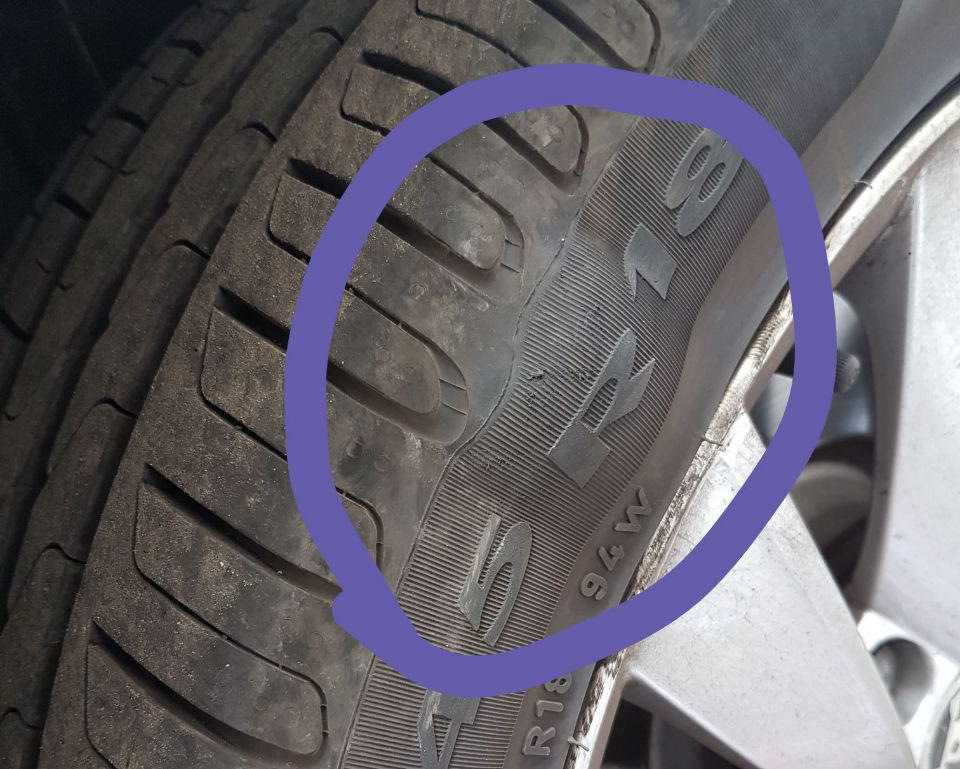
- Keep arms and legs bent and concentrate on your balance as you grind.
- Do a Side Hop to jump off the element and ride out.
Tips for doing a Double Peg Grind:
- As you’re just starting out, the rail or ledge shouldn’t be higher than your tires.
- Increase the speed as you gain confidence.
24) Baby Duster Grind
Sliding on your bottom bracket with your front wheel rolling on the ground.
Tricks required for doing a Baby Duster Grind:
How to do a Baby Duster Grind:
- Ride parallel to the rail and make a high Side Hop.
- Turn your bike taking your front wheel to the other side of the rail and land it on the ground while you land your bottom bracket on the rail.
- Hold that position and work on your balance along the sliding.
- Ride off the rail and land your back wheel.
Tips for doing a Baby Duster Grind:
- Lean forward as you land your front tire to keep your weight in between the bottom bracket and the front wheel.

- Pay attention to your bars and keep your front wheel rolling next to the rail.
25) Feeble Grind
Grinding on the rear peg with the front wheel on the ledge/box.Tricks required for doing a Feeble Grind:
How to do a Feeble Grind:
- Ride parallel to the ledge and make a high Side Hop.
- Place the front wheel on the ledge and the back peg on the edge.
- Work on your balance along the sliding, do another Side Hop and land.
Tips for doing a Feeble Grind:
- Make sure to have your cranks level when jumping.
- Place the front wheel as close to the edge as possible, to prevent the peg from slipping out.
26) Un-Luc-e Grind
Sliding with your front peg and front pedal on the rail/ledge and the back wheel in the air.
Tricks required for doing an Un-luc-e Grind:
How to do an Un-luc-e Grind:
- Ride parallel to the rail and make a Side Hop onto it.
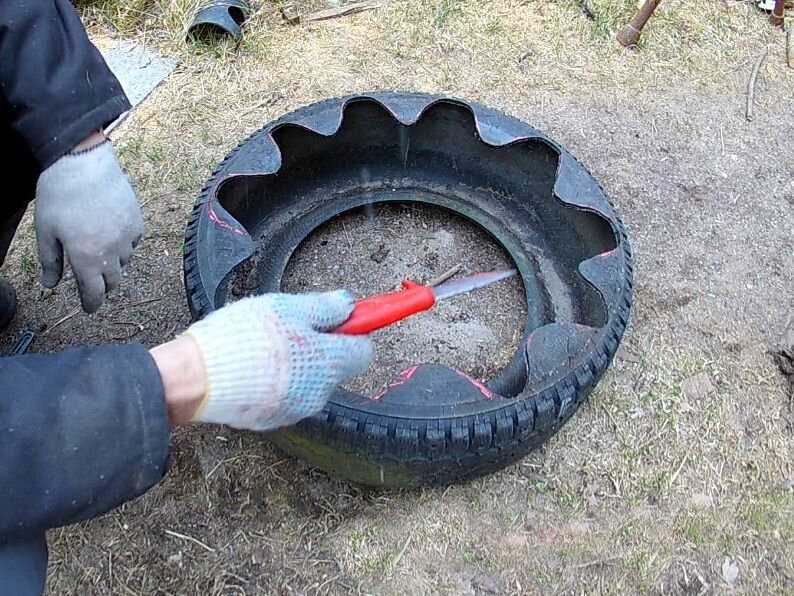
- Lean forward and land on the rail with your front peg and front pedal, leaving the back wheel lower.
- Concentrate on your balance as you slide.
- Hop off the rail and land on both wheels simultaneously.
Tips for doing an Un-luc-e Grind:
- Keep your cranks level to prevent the back wheel from hanging too low and touching the ground.
27) Nose Manual
Riding on your front wheel without pedaling (opposite to a Manual).Tricks required for doing a Nose Manual:
How to do a Nose Manual:
- Ride at a comfortable speed.
- Straighten your arms and legs and shift your body weight towards the front wheel.
- Lift the rear wheel until reaching its peak and ride on your front wheel.
- Bend your legs (to take your body weight backwards) and/or your arms (to take your body weight forward) as necessary to keep balance and inertia.
Tips for doing a Nose Manual:
- It helps to point your gaze about 4 or 5 feet ahead while you’re moving forward.

- If you start flipping over the bars, jump with both knees over the bars, push your bike behind you and land on your feet.
28) Full Cab
A 360° spin in the air from riding backwards.
Tricks required for doing a Full Cab:
How to do a Full Cab:
- Do a Fakie, carve, and pull up the bars.
- Spin as you keep pulling up the bars and creating inertia.
- When at about 180° from your starting point, make the jump.
- Complete the 180° left in the air and land.
Tips for doing a Full Cab:
- The momentum starts when you pull up the bars so do it with power to create as much inertia as possible.
- This is the real Full Cab. Some riders do it as a ‘Double Half Cab’. You can do it that way until you’re good for the 360° spin at once.
29) Nose Pivot 180
A 180° turn on the front wheel.Tricks required for doing a Nose Pivot 180:
How to do a Nose Pivot 180:
- Ride at a comfortable speed, carve, and lean towards your front wheel.

- Make a little jump and push with your hips to start the turn.
- Keep your weight on the front wheel as you turn.
- Take your body to the normal position as you approach the 180° and land on a Fakie.
Tips for doing a Nose Pivot 180:
- Push with your abs as soon as your rear wheel is in the air.
- Add a Fakie Out at the end.
30) Nollie Half Cab
A 180° jump from your front wheel while riding backwards.
Tricks required for doing a Nollie Half Cab:
How to do a Nollie Half Cab:
- Ride normally and do a 180 to a Fakie.
- Shift your body weight forward, do a Nose Manual, and keep going backwards.
- Carve, do a Nollie and use the inertia to complete a 180° turn.
Tips for doing a Nollie Half Cab:
- You must first master riding a Nose Manual backwards so practice it until you feel confident.
31) Air
Jumping from any kind of ramp.
Tricks required for doing Air:
How to Air:
- Enter the ramp at a good speed.
- Ride off the ramp and launch of your rear wheel with a hop.
- Straighten your legs and pull the bars while you turn.
- Push the bars back to normal and land on both wheels simultaneously
Tips for Air:
- If you are on a quarter-pipe, ride the ramp several times, gradually making the arc wider as you gain speed.
- Your body should be perpendicular to the ramp all the time (like when riding a swing)
32) Funbox Jump
Jump out of the ramp, landing on the funbox.Tricks required for doing a Funbox Jump:
How to do a Funbox Jump:
- Ride at a good speed.
- Right before entering the ramp, bend your legs (as in a Bunny Hop) preparing to jump.
- Make the jump when taking off of your rear wheel.
- Keep your legs straight and arms slightly bent while in the air.
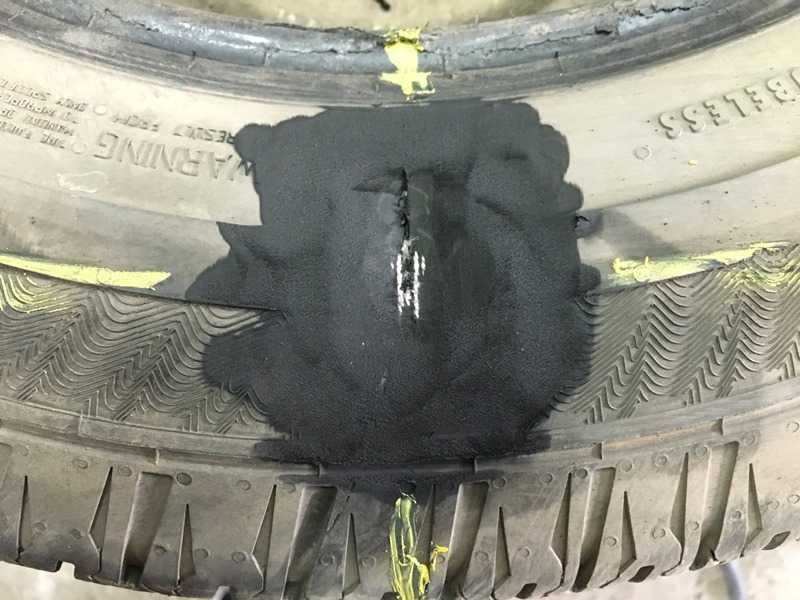
- Land on both wheels simultaneously.
Tips for doing Funbox Jump:- Keep your body perpendicular to the ramp before taking off.
- Don’t take your body forward after taking off, let the inertia do the work.
- Bend your legs a bit when landing to absorb the impact.
- You can practice landing on the table first.
33) Bar Turn
Turn your bars 90° while in the air.Tricks required for doing a Bar Turn:
How to do a Bar Turn:
- Jump off a ramp.
- While in the air turn the bars 90°.
- Turn the bars back to normal position and land.
Tips for doing a Bar Turn:
- Practice the bars movement on a Manual first.
34) ET/Accelerate
Pedaling forward while in the air.
Tricks required for doing an ET/Accelerate:
How to do an ET/Accelerate:
- Do a high Bunny Hop.
- Pull the bars up and then push them forward to put the bike horizontally.
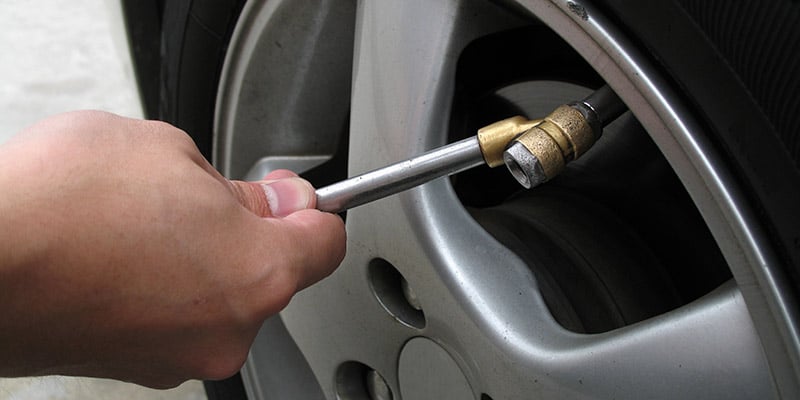
- Pedal forward and land on both wheels simultaneously.
Tips for doing an ET/Accelerate:
- Relax your legs in the air to be able to pedal faster.
- Consider it done if you could make at least a full rotation of the cranks.
35) TE/UFO/Reaccelerate
Pedaling backwards while in the air.
Tricks required for doing a TE/UFO/Reaccelerate:
How to do a TE/UFO/Reaccelerate:
- Do a high Bunny Hop.
- Pull the bars up and then push them forward to put the bike horizontally.
- Pedal backwards and land on both wheels simultaneously.
Tips for doing a TE/UFO/Reaccelerate:
- Relax your legs in the air to be able to pedal faster.
- Consider it done if you could make at least a full rotation of the cranks.
36) One Foot
Move one foot to the side while in the air.Tricks required for doing a One Foot:
How to do a One Foot:
- Ride to a funbox fast enough to get air.

- When in the air, take your front foot out. Your cranks will go vertical
- Bring your foot back to the pedal with enough time to put the cranks level for landing.
Tips for doing a One Foot:
- Practice the leg movement on the ground first.
- Try jumping normally first before doing moving your leg out.
- The more air you get, the longer and further away you can try to move your foot.
37) One Hand
Taking one hand off the bars while in the air.Tricks required for doing a One Hand:
How to do a One Hand:
- Ride to a ramp fast enough to get air.
- When in the air, take one hand out of the bars and do whatever you want with it.
- Bring your hand back to the bars with enough time to catch the grip for landing.
Tips for doing a One Hand:
- The more you take the hand out, the funnier it is, but start by just barely releasing the grip and go putting it away from the bars as you gain confidence.

38) Frame Grab
Grab your frame with one hand while in the air.Tricks required for doing a Frame Grab:
How to do a Frame Grab:
- Ride to a quarter fast enough to get air / Do a powerful Bunny Hop.
- When in the air, take your hips back while you take one hand to the frame and grab it/Pull your bars to put the bike vertically and grab the frame.
- Return to normal position, grab the grip back, and land.
Tips for doing a Frame Grab:
- You will need some more time in the air than for a One Hand.
- Ensure to make good contact good your pedals at all times.
Check out the Best BMX Pegs (Plastic/Metal) + Buying Guide
39) Seat Grab
Grab your seat with one hand while in the air.Tricks required for doing a Seat Grab:
How to do a Seat Grab:
- Ride to a quarter fast enough to get air / Do a powerful Bunny Hop.

- When in the air, take your hips back while you take one hand to the seat to grab it/Pull your bars to put the bike vertically and grab the seat.
- Return to normal position, grab the grip back, and land.
Tips for doing a Seat Grab:
- You will need some more time in the air than for a One Hand.
- Ensure to make good contact good your pedals at all times.
40) Butterfly
Turning your bars 90° to both sides while in the air.Tricks required for doing a Butterfly:
How to do a Butterfly:
- Ride to a quarter fast enough to get a good amount of air.
- While in the air, your bars 90° to one side, then to the center, and then 90° to the other side, all in one movement.
- Take your bars back to the center and land.
Tips for doing a Butterfly:
- First practice going 45° to each side while in the air, to gain confidence, and be sure about the air time you’ll need for the 90° turns.

41) No Foot
Release the pedals and move both feet to the sides while in the air.Tricks required for doing a No Foot:
How to do a No Foot:
- Ride to a quarter fast enough to get a good amount of air / Do a powerful Bunny Hop.
- While in the air, release the pedals and stretch your legs as you open them wide.
- Bring your feet back to the pedals and land.
Tips for doing a No Foot:
- You can practice the legs movement while on the ground.
- The wider you open your legs, the better the trick will look but go opening them wider progressively with the practice.
42) X-Up
Turn your bars 180° while in the air without letting go off the bars.Tricks required for doing an X-Up:
How to do an X-Up:
- Jump (or do a manual) and put the bike horizontally.
- Push the bars forward with you arms and legs straight while turning it 180°
- Turn the bars back to normal position and land.

Tips for doing an X-Up:
- Lie on your back (as if riding upside down) and practice the bars’ movement.
- Make a jump you feel comfortable with (try it a few times to make sure you’ll have enough air time).
- Keep your legs straight all the time while in the air.
- Start turning the bars only once you’ve reached the peak.
- Don’t take your body too forward when pushing the bars.
43) Tire Grab
Grab the front tire with one hand while in the air.Tricks required for doing a Tire Grab:
How to do a Tire Grab:
- Ride to a quarter fast enough to get air / Do a powerful Bunny Hop.
- When in the air, lean forward and grab the front tire with one hand/Pull your bars to put the bike vertically and grab the front tire.
- Return to normal position and land.
Tips for doing a Tire Grab:
- You will need some more time in the air than for a One Hand.

- Don’t lean too forward while in the air.
44) Footplant
Planting one foot on the ground while holding your bike in the air as you jump out of a ramp.Tricks required for doing a Footplant:
How to do a Footplant:
- Ride to a ramp and jump out of it.
- Land on your back foot 1 or 2 away from the coping while holding the front foot on the pedal and holding your bike high.
- Jump from your foot while pushing your bike forward to the desired direction.
- Mount your bike again as you drop back into the ramp or ride out on the deck, ground.
Tips for doing a Footplant:
- Practice the footjam movement on the ground first.
- Try doing it on the opposite side to increase your skills.
45) Ninja Drop
Dropping jumping on your feet and mounting the bike in the air.
Tricks required for doing a Ninja Drop:
How to do a Ninja Drop:
- Hold your bike with one hand on a grip and the other on the seat, ready for the jump.
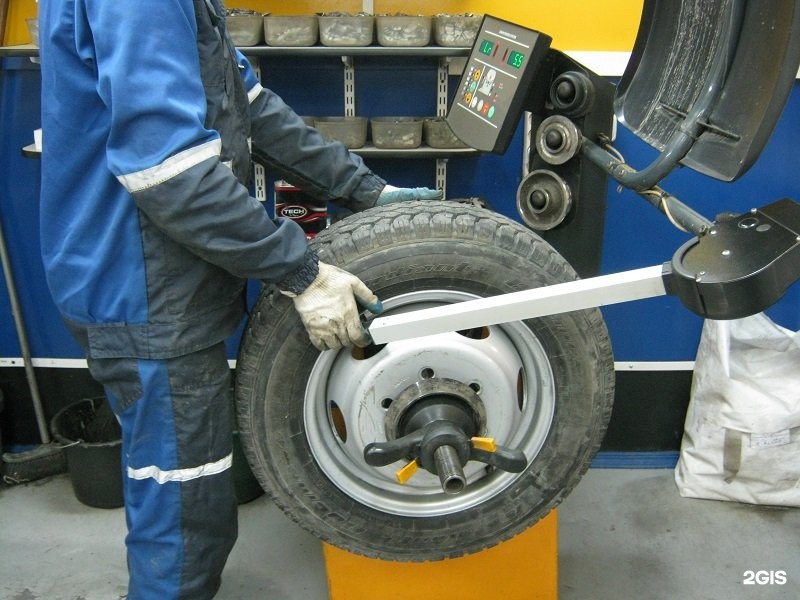
- Jump and place one foot on the nearest pedal, grab the other grip and take your other leg over the bike and step on the other pedal, all at once.
- Land on both wheels at once.
Tips for doing a Ninja Drop:
- Make sure your cranks are level before jumping.
- Try jumping from short distances first, like a ledge.
- Don’t try any other way of holding your bike until you’ve mastered the trick.
46) 540 Tap
A 540° rotation on the back wheel.
Tricks required for doing a 540 Tap:
How to do a 540 Tap:
- Ride at a medium-fast speed.
- Do a Bunny Hop 180° but with a more powerful turn and land on your back wheel at about 270°.
- Lock your back wheel with your pedals and keep spinning on the axis.
- Make another hop and complete the 540°, landing on both wheels on a Fakie.
Tips for doing a 540 Tap:
- Your spinning speed is key to get enough momentum, so if you fall short try to ride faster.
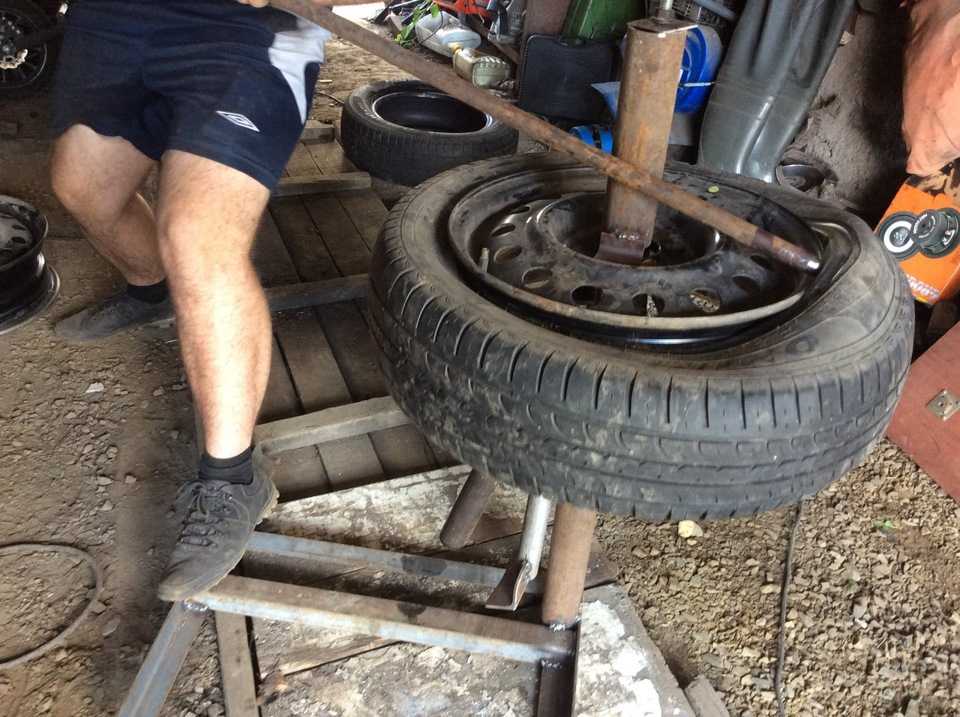
- Make sure to keep your front wheel as high as possible as you spin to have enough air for the last hop.
47) Disaster
Landing on the coping of a ramp with your front end on the transition and your rear end on the deck.Tricks required for doing a Disaster:
How to do a Disaster:
- Ride to the ramp with enough speed to grab some air.
- As soon as your front wheel leaves the ramp, turn your head and shoulder to do a 180.
- Land on the coping with the bike split and bend your arms and legs to absorb your weight and stand still on the coping.
- Lean a bit forward as you do a little hop from the rear wheel to drop into the ramp.
Tips for doing a Disaster:
- Make sure you run a small sprocket before trying it.
48) Feeble Stall
A stall with the rear peg on the coping and a front wheel on the deck.Tricks required for doing a Feeble Stall:
How to do a Feeble Stall:
- Ride to a quarter a bit slower as if for jumping out to the table.

- When your front wheel reaches the lip, carve and turn quickly.
- Land your rear peg on the coping and your front wheel on the deck at the same time.
- Hold on that position for a little while, then hop and drop back into the ramp.
Tips for doing a Feeble Stall:
- When landing, bend your legs a little to absorb the impact and help the balance.
- Land both the rear peg and the front wheel exactly at the same time for perfect execution.
49) Smith Stall
A stall with the rear wheel on the deck and a front peg on the coping.Tricks required for doing a Smith Stall:
How to do a Smith Stall:
- Ride to a quarter as if you were jumping out to the table.
- When your front wheel reaches the lip, carve.
- As soon as the rear wheel takes off, start to turn.
- Push the bars down and land with your front peg on the while the rear wheel lands on the deck.
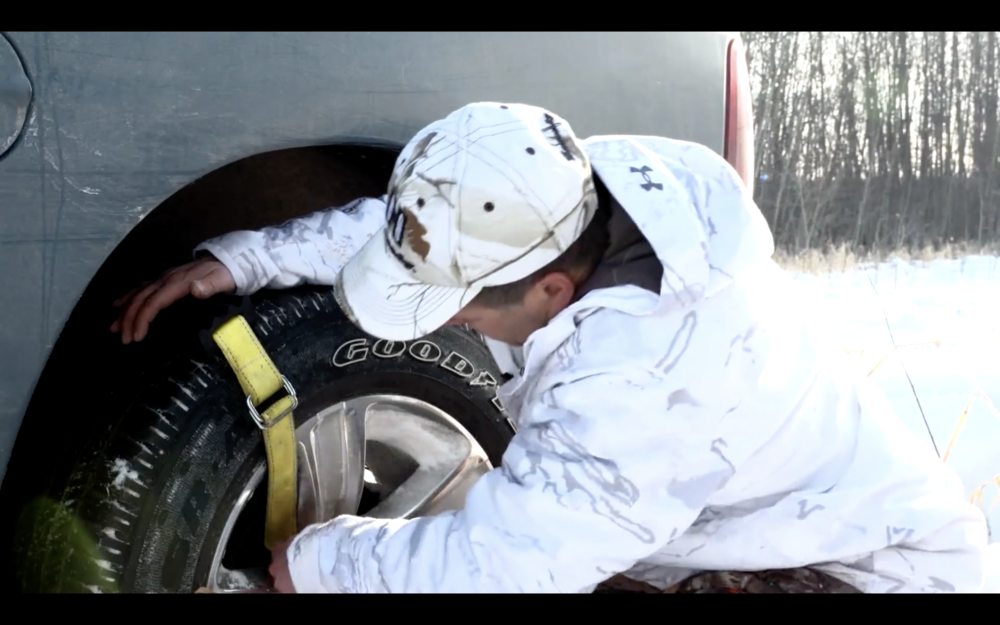
- Hold on that position, then hop and drop back into the ramp
Tips for doing a Smith Stall:
- Focus on landing the peg properly, that’s the hardest part.
- When landing, bend your legs a little to absorb the impact and help the balance.
- Land both the front peg and the rear wheel exactly at the same time for perfect execution.
50) Un-Luc-e Stall
Standing with your front peg and front pedal on the coping and the back wheel in the air.
Tricks required for doing an Un-Luc-e Stall:
How to do an Un-Luc-e Stall:
- Ride to a quarter a bit slower as if for jumping out to the table.
- When your front wheel is about to reach the coping, push off, carve and turn quickly.
- Focus on landing on your front pedal and front tire on the coping simultaneously.
- Hold your balance, do a Side Hop and drop back into the quarter.
Tips for doing an Un-Luc-e Stall:
- Practice it hopping on a low ledge first.
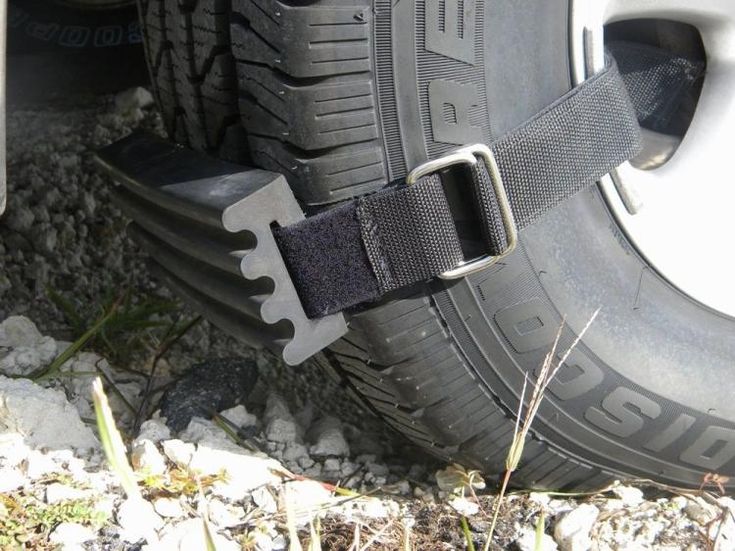
- When landing the stall shift your weight forward to help your balance.
Did you really make it this far? WOW! Now you’re ready for the intermediate tricks! Ride on!
Related Articles
- Best BMX Helmets (Youth/Adults – Full-Face/Open-Face)
- Best BMX Pegs (Plastic/Metal) + Buyer’s Guide
- Best BMX Pedals (Plastic/Metal) + Buyer’s Guide
Photo credits: [Side Hop: by George Vasilopoulos / Flickr / CC License (modification: cropped)] [Drop In: by Gerardofegan / Flickr / CC License][Fakie out: by Phrawr / Flickr / CC License] [Funbox Jump: by Neil Kodner / Flickr / CC License] [One Hand: by xDanielWeiß / Flickr / CC License] [Seat Grab: by Ricardo Abengoza Hernan / Flickr / CC License] [Butterfly: by Richard Masoner / Flickr / CC License] [X-Up: by cyp / Flickr / CC License] [Tire Grab: by ian / Flickr / CC License] [Footplant: by Kevin Cortopassi / Flickr / CC License] [Disaster: by Scott / Flickr / CC License] [Feeble Stall: by Brett Hiltz / Flickr / CC License (modification: cropped)] [Smith Stall: by Gerardofegan / Flickr / CC License]
Grab the Owner's Mind is to Grab Your Tire Business
- Home
- News & Events
- Industry News
- Grab the Owner's Mind is to Grab Your Tire Business
As the saying goes, the start is good, but this order can't run.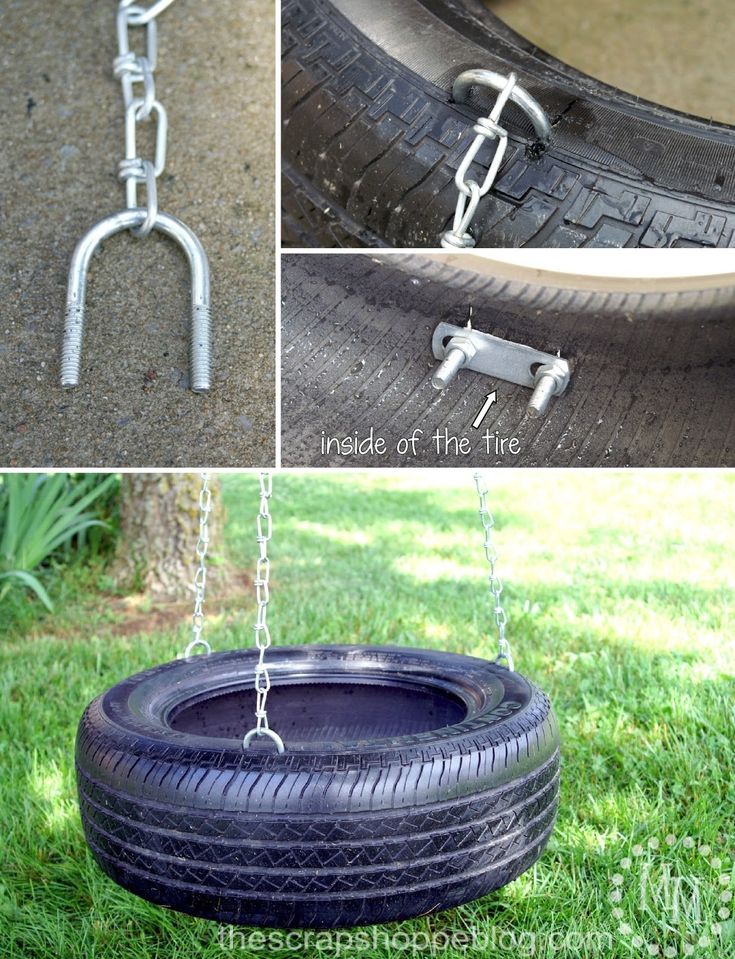 How to communicate with customers in the first sentence? If your employees and customers they're reaching out to ask, "Is there anything I can do for you?", there's a good chance your store will lose that business.
How to communicate with customers in the first sentence? If your employees and customers they're reaching out to ask, "Is there anything I can do for you?", there's a good chance your store will lose that business.
In fact, the clerk should ask the customer: "How did you come here today?" But few people will ask. If you can show customers that you care about why they come to the store to do business with you and not just get a single tyre business from them, then you can keep those customers and build a lasting relationship with them! They will also consider going to your tyre store before they consider going to another store.
Ⅰ. Do you know why they choose your tyre shop?
Everything that happens in the tyre sales process stems from an interaction between two people, and as a shop owner, you have to consider what happens to the owner's psychology throughout the process—fear, uncertainty, and doubt.
Fear of tyre failure will drive customers to the tyre shop, but they can't be sure your shop is the best place to go, they'll also be suspicious of workers doing repairs, and you might think it's a friendly deal.
But never underestimate the various concerns that every customer who enters your store will have about your business. For example, the quality of your tyres is too hard? Is your price reasonable? Will it cost me money? Will the waiting process be long?
In order to help customers dispel their concerns and provide what they really need, it is recommended that tyre manufacturers adopt a four-step sales method, namely: preparation before communication, communication, warm advice, and appropriate adjustment.
Ⅱ. How to sell tyres?
1. Preparation before communication
In this step, the clerk needs to get to know each other with the customer. The tyre manufacturer can look through the store records and confirm that the customer has come by the date or service work mentioned, which is also the first step in creating the conditions of communication and getting what the customer really wants.
2. Communication
Without this step, you have no chance to sell other accessory products and services, and nine times out of ten, customers will not know everything you sell.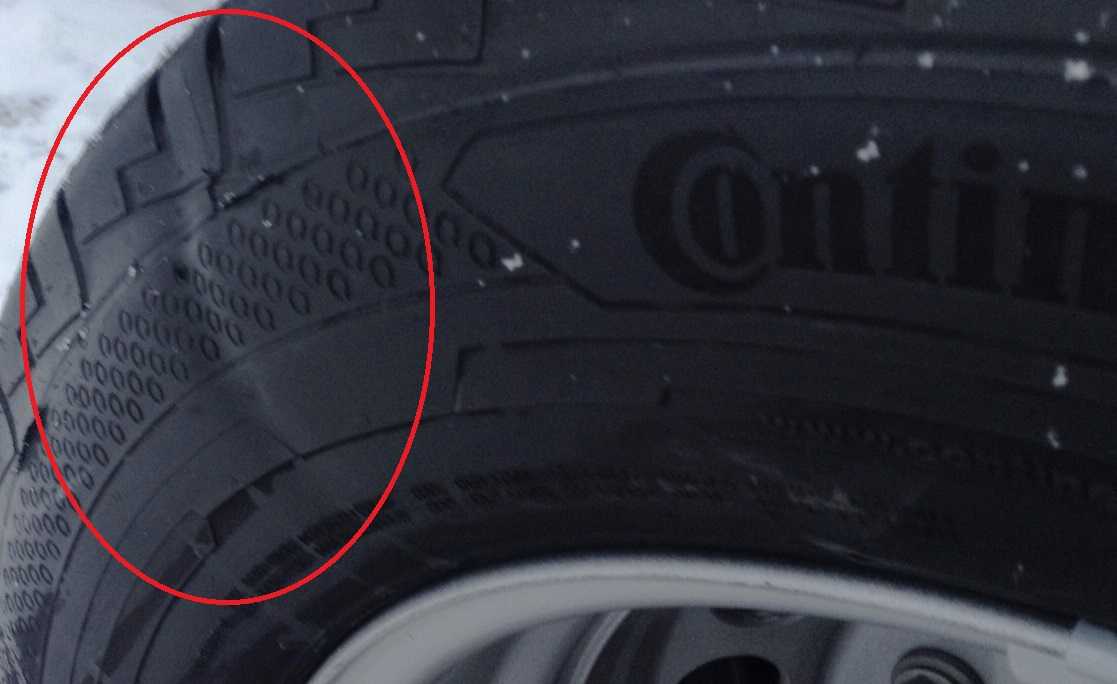 If they realize that you have these services, they will have the opportunity to do business with you.
If they realize that you have these services, they will have the opportunity to do business with you.
This process generally only takes half a minute to a minute. When a customer comes to the store and says to change the tyre, you also need to ask if there are other problems with the car, which can be more conducive to the promotion of your product and service projects, and you will find that you have a lot of business.
3. Warm suggestions
It is a "negotiation" to suggest that the client has a lot to do for him or her and to make them aware that they may not want to spend more money to do it, but it has to be.
This process leads to the fourth step: making the right adjustments so that the business closes. Wouldn't it be better than just asking customers to buy four tyres? You can also spend more time in the communication process.
Usually customers come to our tyre shop for the first time, and they will have a skeptical attitude in their hearts.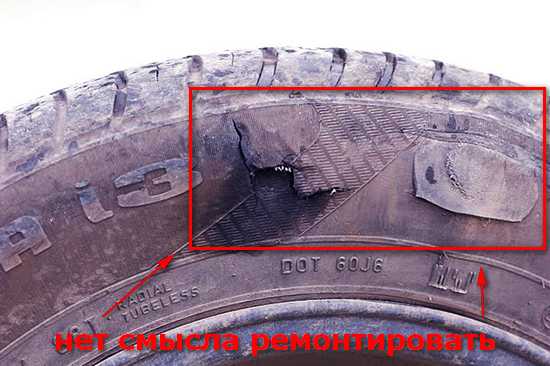 If a tyre manufacturer wants to win this single transaction, the first step is to dispel the skepticism of the car owner as much as possible and establish a relationship of trust, so that your business will become more and more prosperous.
If a tyre manufacturer wants to win this single transaction, the first step is to dispel the skepticism of the car owner as much as possible and establish a relationship of trust, so that your business will become more and more prosperous.
Related News
Average Unit Price Rises: the Consumption Structure Changes and Tires Shift to Larger Sizes
How to change a tire correctly?
Comparison of Winter Tires and Summer Tires
5.4. Tire Capture Cycle.
Any external board installed in [8/16] slot, can become a master on the ISA bus. capture tires external board must start from signal resolution DRQ channel DMA, pre-programmed to cascade mode.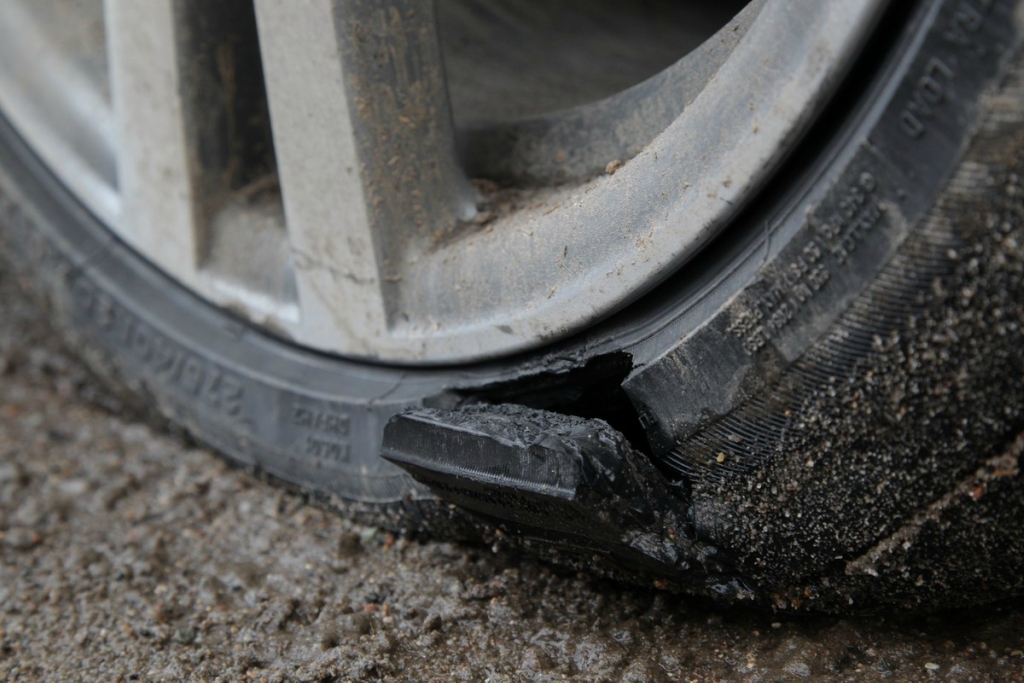 PDP channel, programmed in cascade mode, considers that all RAP cycles have been completed external resource - in this case external board. The RAP controller responds external board signal resolution -DACK; external board in response to -DACK allows -MASTER signal. After signal resolution -MASTER external board must wait for some time after which he can begin his access cycles.
PDP channel, programmed in cascade mode, considers that all RAP cycles have been completed external resource - in this case external board. The RAP controller responds external board signal resolution -DACK; external board in response to -DACK allows -MASTER signal. After signal resolution -MASTER external board must wait for some time after which he can begin his access cycles.
6. DMA controller.
Controller direct memory access (DMA, DMA - direct Memory Access) provides high-speed data exchange between devices I/O and RAM without using central processor, which frees up the processor for execution computing in parallel with the exchange and regardless of him. Most often RAP capabilities are used when work with disk drives, however implemented the use of RAP adapters drives on magnetic tape and a number of others devices. Tangible advantage comes from the use of RAP in exchange process with devices, receiving or transmitting data enough big batches at high speed.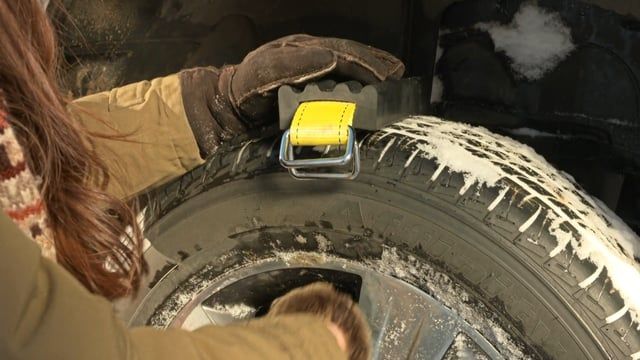
B IBM PC-like computers features PDP controller performs 8237A chip from INTEL (Soviet analogue KR580VT57) or its 8237A-4 and 8237A-5 counterparts operating With clock frequency 4 and 5 MHz, respectively (standard chip 8237A operates at a frequency of 3 MHz). Controller has 4 independent channels, each of which serve one peripheral device.
6.1. Principles of operation of the PDP controller.
B 2 main cycles are distinguished in the work of the RAP: wait loop (Idle cycle) and the active cycle (Active cycle). Each cycle subdivided into a number of states occupying time alone period hours (tic). From the controller wait loop may be translated to the programming state (Program Condition) by filing to the RESET input of a high level signal, duration not less 300 ns followed by a signal low level (level 0) to the CS (Chip Select) pin. Able programming the controller will stays until the output CS the signal will remain low.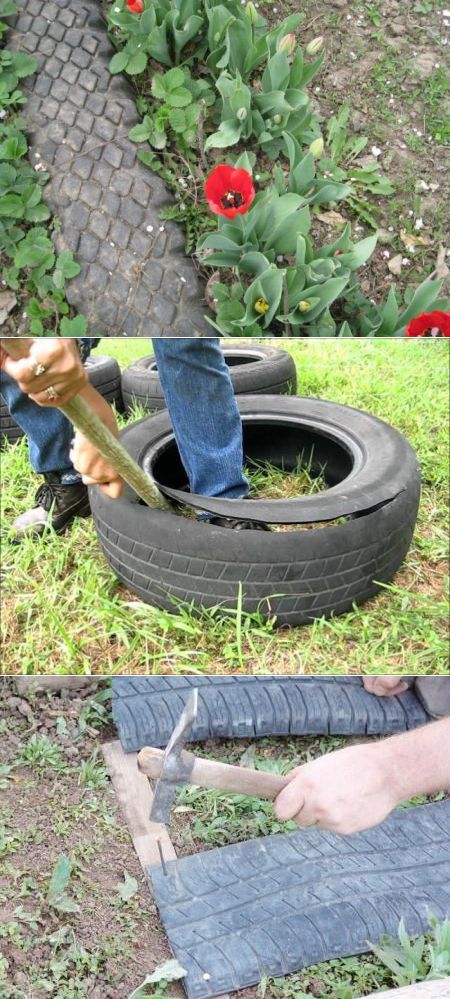 AT programming process controller set:
AT programming process controller set:
- the starting address of the memory to exchange;
- reduced by one the number of transmitted bytes;
- exchange direction,
a the required modes are also set work (allow or ban cyclic change of priorities, auto-initialization, ask direction of address change during exchange etc.). Loading 16-bit controller registers carried out through 8-bit I/O ports. Before loading the first (junior) byte must be reset (cleared) latch trigger (trigger first/last, First/Last flip-flop), which the changes its state after output to the port first byte and so thus enabling the following output command to that same port load high byte corresponding register.
Programmed the channel must be unmasked (bit masks channel is set to 0) after which he can accept signals "Request for RAP", generated by that external device, which is served through this channel. Signal "Request on the RAP" can also be initiated setting to 1 bit request this channel in the request register controller. After appearance request signal controller enters active cycle, which data is being exchanged. Exchange can carried out in one of four modes:
Signal "Request on the RAP" can also be initiated setting to 1 bit request this channel in the request register controller. After appearance request signal controller enters active cycle, which data is being exchanged. Exchange can carried out in one of four modes:
1. Single Transfer Mode (Signle Transfer mode). After everyone transfer cycle controller releases processor bus, but starts checking signals immediately request and as soon as discovers active request signal, initiates next cycle transmission.
2. Block Transfer Mode. In that mode the presence of a request signal is required just until the moment extradition signal controller "Confirmation request for RAP" (DACK) after which the tire is not released until to completion transmission the entire block.
3. Demand transfer mode transfer mode). The mode is intermediate between the first two: broadcast goes on continuously until active signal request, whose status is checked after each cycle transmission.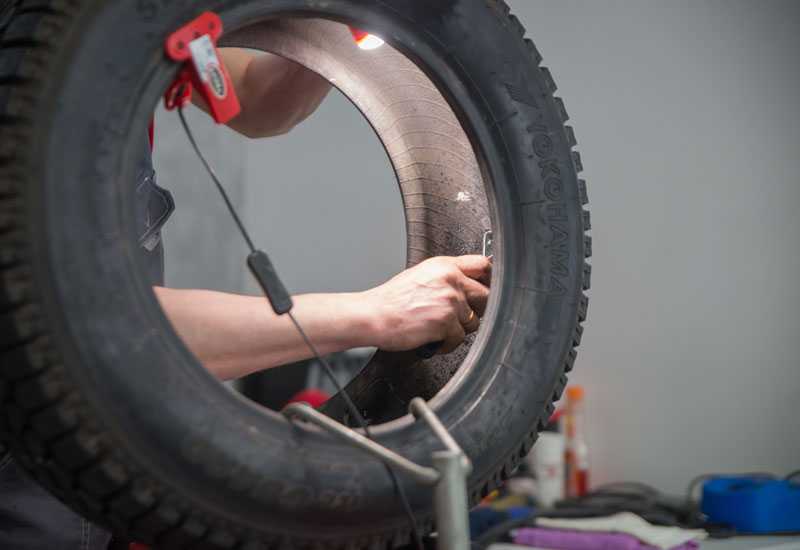 As soon as the device cannot continue transmission, signal the request is reset by it and the controller suspends work. This mode is used to exchange with slow devices, not allowing for their temporary characteristics work with DAP in block transmission mode.
As soon as the device cannot continue transmission, signal the request is reset by it and the controller suspends work. This mode is used to exchange with slow devices, not allowing for their temporary characteristics work with DAP in block transmission mode.
4. Cascade Mode. The mode allows you to enable in subsystem RAP more than one controller in cases where not enough four PDP channels. In this mode, one from channels leading controller is used for cascading with controller second level. To work in cascade HRQ signal ("Request capture") of the slave controller applied to the DRQ input ("Request to the DMA channel") of the master, and the DACK signal ("Confirmation request") the master is fed to the HDLA input ("Confirmation capture") slave. Such connection diagram is similar connecting a master (first) controller to microprocessor, with whom he exchanged HRQ and HDLA signals.
Tire clamp
Loading...
What are we looking for?
Ask for price
- Moscow
- Bryansk
- Eagle
- Livny
- Lipetsk
- Tambov
- Penza
- Ulyanovsk
By submitting this form,
you agree to the processing of personal data
* - required fields
Settle in leasing
Advance %
Lease term
- 13 months
- 18 months
- 24 months
- 36 months
- 48 months
Payment schedule
- Equal Equal payments, both the principal debt and the debt on leasing interest are paid in equal shares - monthly leasing payments in equal amounts, including at first more %%, at the end more principal debt
- Seasonal The payment of the principal debt is transferred to the months with the main income, and in grace months, only interest on leasing is paid.

































 How to communicate with customers in the first sentence? If your employees and customers they're reaching out to ask, "Is there anything I can do for you?", there's a good chance your store will lose that business.
How to communicate with customers in the first sentence? If your employees and customers they're reaching out to ask, "Is there anything I can do for you?", there's a good chance your store will lose that business.
 If they realize that you have these services, they will have the opportunity to do business with you.
If they realize that you have these services, they will have the opportunity to do business with you. If a tyre manufacturer wants to win this single transaction, the first step is to dispel the skepticism of the car owner as much as possible and establish a relationship of trust, so that your business will become more and more prosperous.
If a tyre manufacturer wants to win this single transaction, the first step is to dispel the skepticism of the car owner as much as possible and establish a relationship of trust, so that your business will become more and more prosperous. PDP channel, programmed in cascade mode, considers that all RAP cycles have been completed external resource - in this case external board. The RAP controller responds external board signal resolution -DACK; external board in response to -DACK allows -MASTER signal. After signal resolution -MASTER external board must wait for some time after which he can begin his access cycles.
PDP channel, programmed in cascade mode, considers that all RAP cycles have been completed external resource - in this case external board. The RAP controller responds external board signal resolution -DACK; external board in response to -DACK allows -MASTER signal. After signal resolution -MASTER external board must wait for some time after which he can begin his access cycles. 
 AT programming process controller set:
AT programming process controller set:  Signal "Request on the RAP" can also be initiated setting to 1 bit request this channel in the request register controller. After appearance request signal controller enters active cycle, which data is being exchanged. Exchange can carried out in one of four modes:
Signal "Request on the RAP" can also be initiated setting to 1 bit request this channel in the request register controller. After appearance request signal controller enters active cycle, which data is being exchanged. Exchange can carried out in one of four modes:  As soon as the device cannot continue transmission, signal the request is reset by it and the controller suspends work. This mode is used to exchange with slow devices, not allowing for their temporary characteristics work with DAP in block transmission mode.
As soon as the device cannot continue transmission, signal the request is reset by it and the controller suspends work. This mode is used to exchange with slow devices, not allowing for their temporary characteristics work with DAP in block transmission mode. 